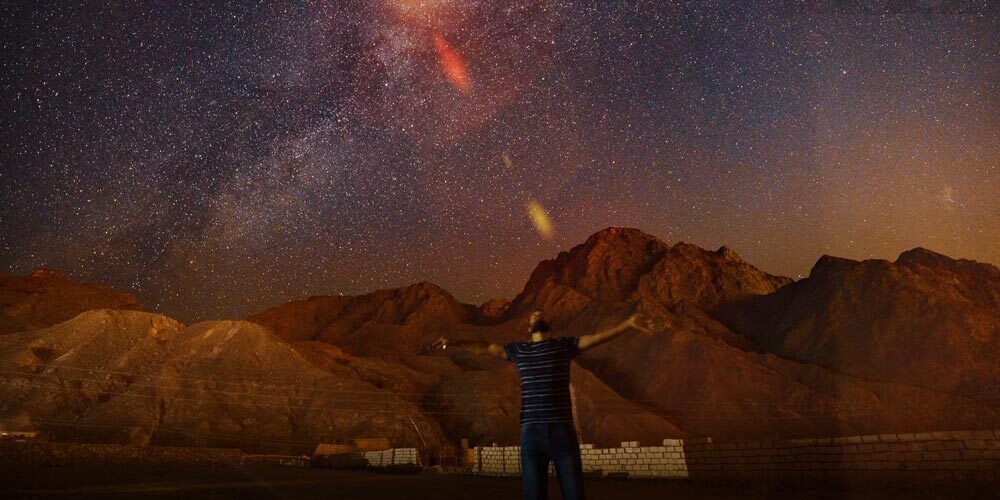Wadi al Hitan

Table of contents
UNESCO has documented the Wadi Al-Hitan region as the best world heritage region that includes the skeletons of whales, it is also one of the most important regions in the world for studying life since its inception and how the evolution of living organisms has been affected by climate changes throughout the ages.
The discovery of Wadi El Hitan
Wadi El Hitan is part of the Wadi El Rayan Reserve located in Fayoum Governorate, located specifically in the heart of the Egyptian Western Desert. In the beginning, it was an area covered by shallow, warm waters, or what is known as the Tethys Sea, which covered most of Egypt and was full of coral reefs, sharks and giant whales 40 million years ago during the so-called Eocene era, which was followed by other eras in which different organisms appeared, such as the Oligocene era, which featured the water elephant (Platybladon) and giant birds, and the Miocene or Elephant era.
This museum spot was discovered by the English scientist (Beadnell) in 1902 AD, where he made his first research report, the popularity of this spot increased when they found the skeletons of whales there, which they initially thought were dinosaur bones due to the presence of limbs, but with study and research, they found that it was the bones of a whale, which was the first whale to be discovered and was called (Basilosaurus Isis), which lived 40 million years ago as an aquatic animal relying on its hind limbs, and was feeding on a whale called (Dorudon).
This spot represented an excellent location for studying the evolution of living organisms over millions of years, because of climate change, as these animals that lived on land and had limbs, have become marine organisms with fins, these fins indicate the existence of this previous stage, where there were complete limbs that had been subjected to atrophy over time, and the museum in the reserve includes this evidence by displaying the skeletons of these whales.
Fossil & Climate Change Museum
It is the only museum in the world that linked fossils to climate change, and gave clear and studied models that prove the impact of climate change on the evolution of living organisms through different eras and times (the evolution of whales in particular). This museum includes fossils dating back to the Eocene era, which may be more than 40 million years old. It is also distinguished by the presence of the limbs of a whale in its infancy, and it was chosen to be the museum’s icon, these limbs belong to the whale (Basilosaurus Isis), which reached a length of 18 meters and lived on land with the help of its hind limbs, to be one of the important models for studying evolution over time due to climate change.
The museum includes 95 pieces, all of which are vertebrate fossils, dating back to the Eocene and Oligocene eras, until the region became a barren desert, in addition to the presence of a variety of rocks, including igneous rocks that were formed as a result of earthquakes and volcanoes and were the beginning of the formation of the Red Sea. The museum also includes other structures for various whales and sharks, all the holdings of this museum explain the evolution over time and how the earth and the creatures on it were affected by climate changes.
How was Wadi El Hitan formed?
More than 40 million years ago, this land was submerged in water, inhabited by many marine organisms, coral reefs, mangrove forests, etc., and passed through several eras, the oldest of which, according to the fossils discovered there, was the Eocene era.
With the discovery of the valley by the English scientist Beadnell in 1902 AD, and the study of fossils there, whales were discovered and how they used to live on the planet previously and that they had limbs like wild animals, and the earth went through many earthquakes, volcanoes, formation of forests, emergence of creatures and change of climate until it became as we know it now, like a barren desert that includes fossils and hills that were shelters for coral reefs and various organisms. This region was named Wadi Al-Hitan in 1983 AD, and was officially opened in 2005 AD.





